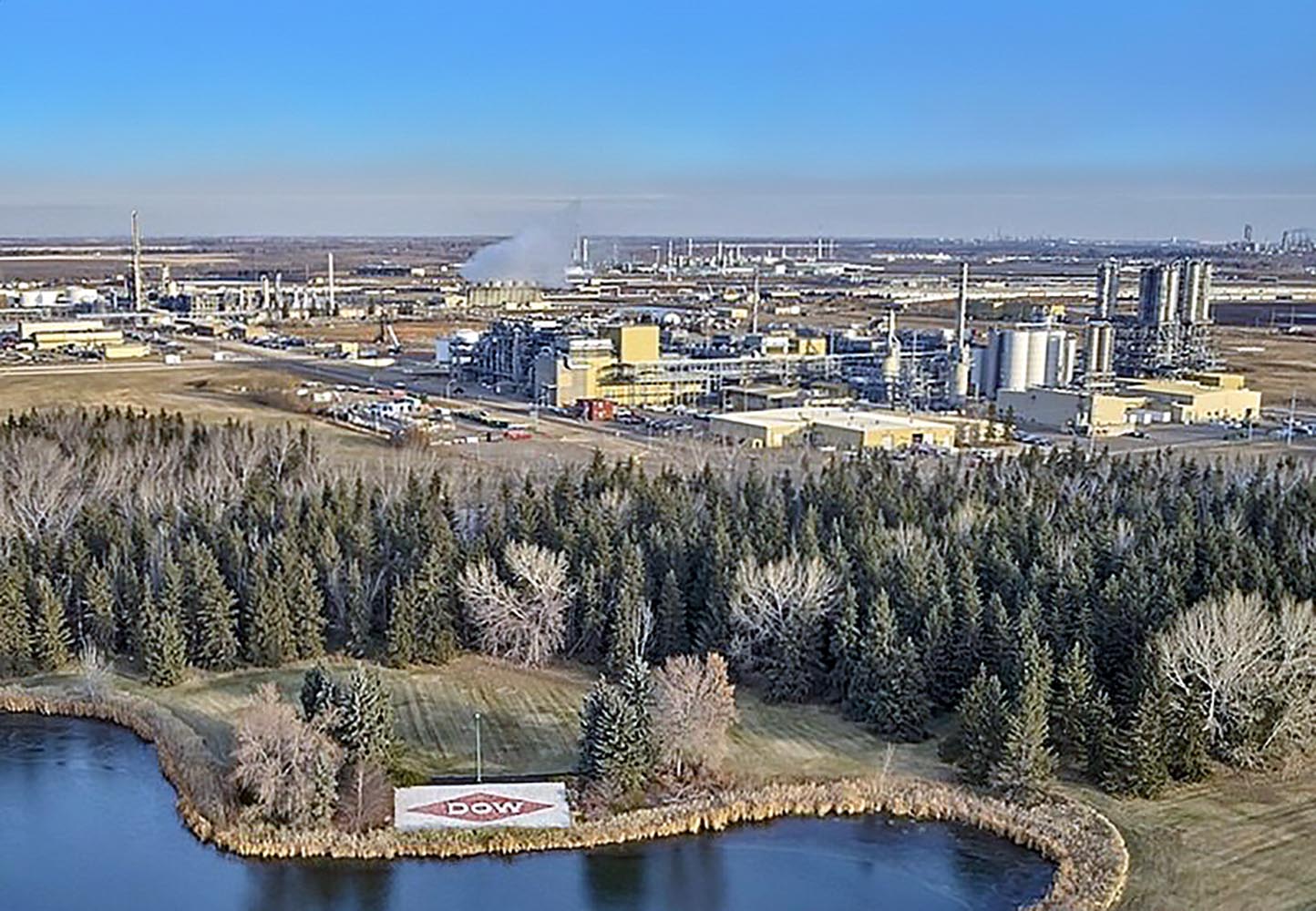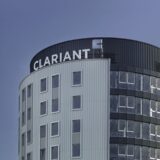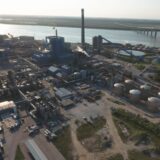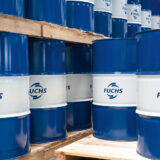
Dow advances Path2Zero project for net-zero emissions facility
Dow has announced a major stride in its sustainability efforts with its board of directors approving the final investment decision (FID) for the Path2Zero project in Fort Saskatchewan, Alberta, Canada. This groundbreaking initiative aims to establish the world’s first net-zero Scope 1 and 2 emissions integrated ethylene cracker and derivatives facility.
The project, with an investment of USD6.5 billion, excluding governmental incentives and subsidies, involves constructing a new ethylene cracker and expanding polyethylene capacity by two million metric tonnes per annum (MTA). Additionally, the existing cracker at the site will be retrofitted to achieve net-zero Scope 1 and 2 emissions. This investment is projected to generate USD1 billion of EBITDA growth annually at full run rates, while decarbonising 20% of Dow’s global ethylene capacity.
Dow’s new capacity will cater to rising demand in high-value markets such as packaging, infrastructure, and hygiene. The project leverages Dow’s expertise in large-scale projects, following the successful TX-9 cracker in Freeport, Texas, U.S.A., which has delivered higher than 15% return on invested capital since its 2017 startup.
Construction is set to begin in 2024, with capacity additions coming online in phases. The first phase, starting in 2027, will add approximately 1,285 KTA of ethylene and polyethylene capacity, followed by a second phase in 2029, adding around 600 KTA more.
To achieve net-zero emissions, the Path2Zero project will utilise Linde’s air separation and autothermal reformer technology to convert cracker off-gas to hydrogen as a clean fuel. Additionally, carbon dioxide emissions will be captured and stored, reducing existing emissions by approximately 1 million MTA of CO2e.
The Fort Saskatchewan site was chosen for its cost-competitive natural gas and ethane, key feedstocks for ethylene production. The site is expected to be one of Dow’s most cost-competitive globally. The region also offers access to existing CO2 transportation and storage infrastructure, a skilled workforce, and has been a part of Dow’s community for more than 60 years.
Subsidies and incentives from Canadian, Albertan, and Fort Saskatchewan authorities support the project, which is the first to access Canada’s new Investment Tax Credit (ITC) program. Dow’s investment also leverages approximately USD2 billion from third parties for circular hydrogen, CO2 capture, and other infrastructure assets critical to the project.
Jim Fitterling, Dow chair and CEO, highlighted the project’s significance: “This project serves as a leading example that industrial decarbonisation is both possible and profitable.”
Karen S. Carter, president of Packaging & Specialty Plastics at Dow, emphasised the investment’s impact on the company’s portfolio, stating, “This investment paves the way for growth of our entire Packaging and Specialty Plastics portfolio.”
Diego Ordonez, president of Dow Canadat, and Danielle Smith, premier of Alberta, also expressed their support for the project’s positive impact on employment, economic opportunity, and low emissions manufacturing in the region.













